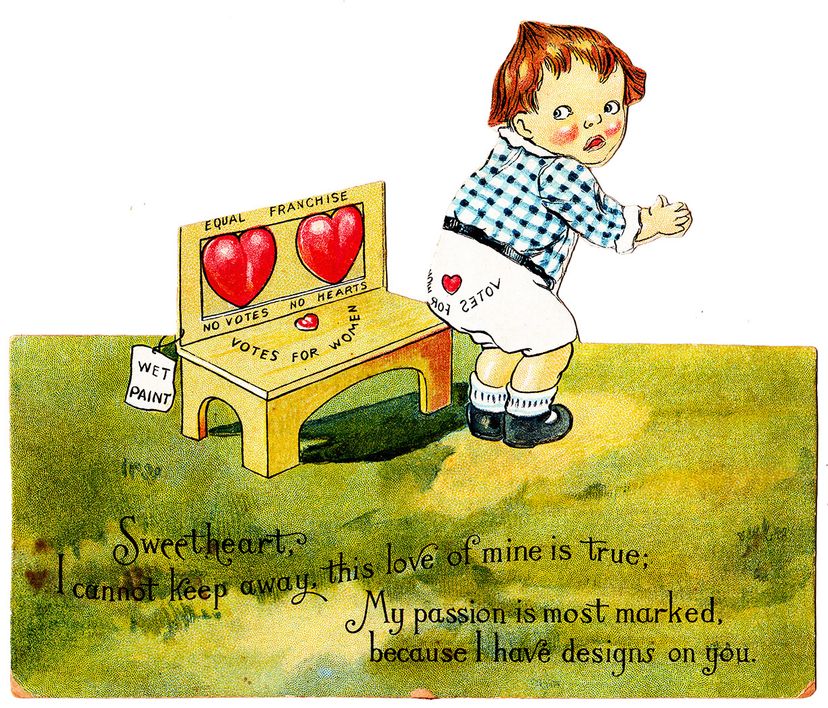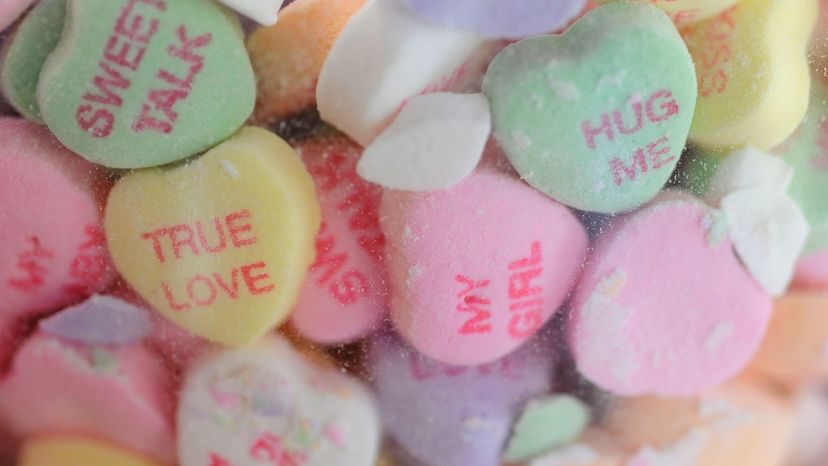
Esther Howland, the woman who produced the first commercial American valentines in the 1840s, sold a then mind-boggling $5,000 in cards during her first year of business. The valentine industry in the United States has been booming ever since. Today, 145 million Valentine's cards are sent in this country each year, according to Hallmark. The day is also celebrated in Canada, Mexico, the United Kingdom and other countries.
Around 85 percent of all valentines are purchased by women. In addition to cards, there are millions of boxes of chocolates and bouquets of roses purchased (mostly by men) for the February 14 holiday. Yet there are signs that the holiday could be losing steam. In 2023, 52 percent of Americans said they planned to observe Valentine's Day, according to the National Retail Federation. That's a big drop from 2007, when 63 percent said they planned to observe the day. Still, the amount of money spent on the holiday continues to increase. It now stands at almost $200, according to the National Retail Federation, compared with $150 in 2007.
Advertisement
The origins of Valentine's Day are shrouded in mystery. According to History.com, scholars have two main theories to explain how February 14 became synonymous with romance:
- Roman Feast of Lupercalia: This ancient pagan fertility celebration, which honored Juno, queen of the Roman gods and goddesses and goddess of women and marriage, was held on February 14, the day before the feast began. During festival time, women would write love letters, also known as billets, and leave them in a large urn. The men of Rome would then draw a note from the urn and ardently pursue the woman who wrote the message they had chosen. (Apparently, the custom of lottery drawings to select valentines continued into the 18th century, coming to an end when people decided they'd rather choose — sight seen! — their valentines.) Priests also sacrificed a goat and dog and then cut strips of goat hide and ran around naked trying to slap women with the goat-hide thongs.
- The Birds and the Bees: In the Middle Ages, people began to send love letters on Valentine's Day. Medieval Europeans believed that birds began to mate on February 14.
There's also some controversy regarding St. Valentine, for whom the famous day is named. Archaeologists, who unearthed a Roman catacomb and an ancient church dedicated to St. Valentine, are not sure if there was one Valentine or more. Today, the Catholic Church recognizes at least three different saints named Valentine or Valentinus, all of whom were martyred on February 14 — at least two of those in Italy during the third century. The most popular candidate for St. Valentine was a third-century Roman priest who practiced Christianity and performed secret marriages against direct orders from Emperor Claudius II, who believed single soldiers were more likely to join his army. Legend has it that Valentine sent a friend (the jailer's daughter) a note signed "From Your Valentine" before he was executed on February 14 in 270 C.E. (That phrase is still used prominently on today's cards!)
Early Christians were happier with the idea of a holiday honoring the saint of romantic causes than with one recognizing a pagan festival. In 496 C.E., Pope Gelasius named February 14 in honor of St. Valentine as the patron saint of lovers. In 1969, Pope Paul VI dropped it from the calendar. However, the blend of Roman festival and Christian martyrdom had caught on, and Valentine's Day was here to stay.
Advertisement





